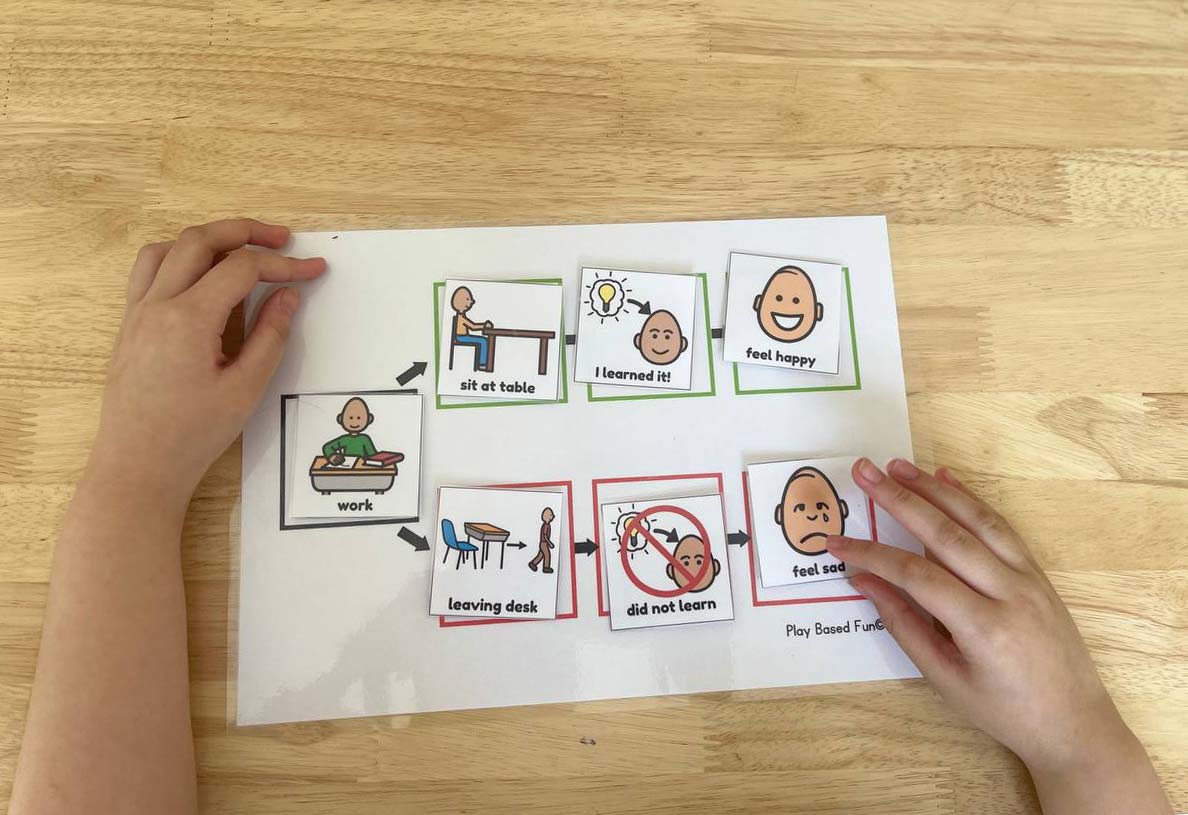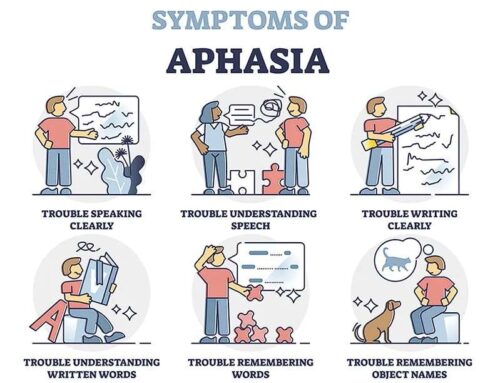Contingency behavior maps, also known as consequence maps, have become increasingly popular tools in various educational and therapeutic settings. These visual representations offer a clear and concise framework for understanding the relationship between behavior and its consequences, providing individuals with valuable insight into their actions and their outcomes.
Understanding the ABCs of Behavior
At its core, the concept of contingency behavior maps revolves around the ABCs of behavior:
- Antecedent: The event or situation that triggers a specific behavior.
- Behavior: The action or response displayed in response to the antecedent.
- Consequence: The outcome or result experienced following the behavior.
Contingency behavior maps effectively illustrate this relationship by visually depicting the antecedent, behavior, and consequence for both desired and undesired behaviors. This allows individuals to:
- Identify triggers and patterns: By seeing how certain situations or emotions lead to specific behaviors, individuals can become more aware of their triggers and develop strategies to manage them effectively.
- Evaluate potential outcomes: visualizing the consequences associated with different choices empowers individuals to make informed decisions about their actions and anticipate the potential results.
- Promote positive behavior change: By clearly showcasing the benefits of desired behaviors and the drawbacks of undesired ones, contingency maps can motivate individuals to adopt and maintain positive behavior patterns.
A Versatile Tool for Diverse Applications:
Contingency behavior maps can be adapted to various contexts and individuals, making them a versatile tool for:
- Early childhood education: Introducing young children to the concept of cause and effect through simple maps can foster positive behavior development and social-emotional learning.
- Autism spectrum disorder: For individuals with Autism Spectrum Disorder (ASD), who often experience challenges with understanding social cues and consequences, contingency maps offer a clear and concrete way to learn about expected behaviors and their outcomes.
- Behavior management: In therapeutic settings, behavior maps can be used to address specific behavioral challenges by identifying triggers, providing alternative behaviors, and outlining desired consequences.
- Self-management: Individuals can utilize personalized behavior maps to develop self-awareness, manage stress and emotions, and achieve personal goals.
Creating Effective Contingency Behavior Maps:
Several factors contribute to creating impactful contingency behavior maps:
- Clear and concise visuals: Utilizing simple and easily understandable visuals is crucial for users to grasp the information effectively.
- Individualized approach: Tailoring the map to the specific needs and abilities of the individual ensures the content resonates and is applicable to their unique situation.
- Collaboration and feedback: Involving the individual in creating and reviewing the map fosters ownership and increases the likelihood of successful implementation.
- Positive reinforcement: Emphasizing the benefits of desired behaviors and providing positive reinforcement for positive choices can strengthen motivation and sustain positive change.
Contingency behavior maps offer a valuable tool for enhancing understanding of the connection between behavior and its consequences. By providing a clear and visual representation of this relationship, these maps can empower individuals to make informed choices, manage their behavior effectively, and achieve their desired outcomes.





Leave A Comment